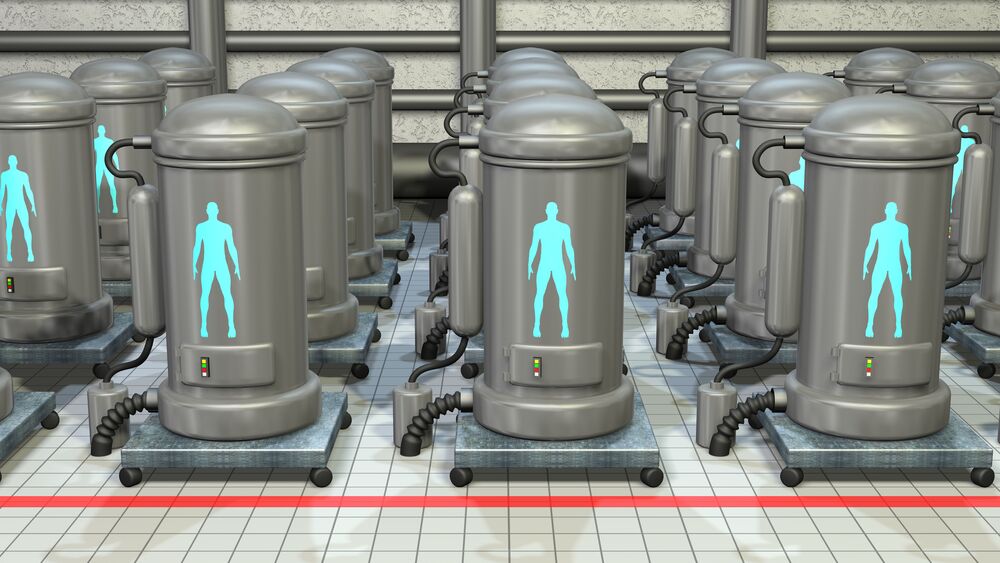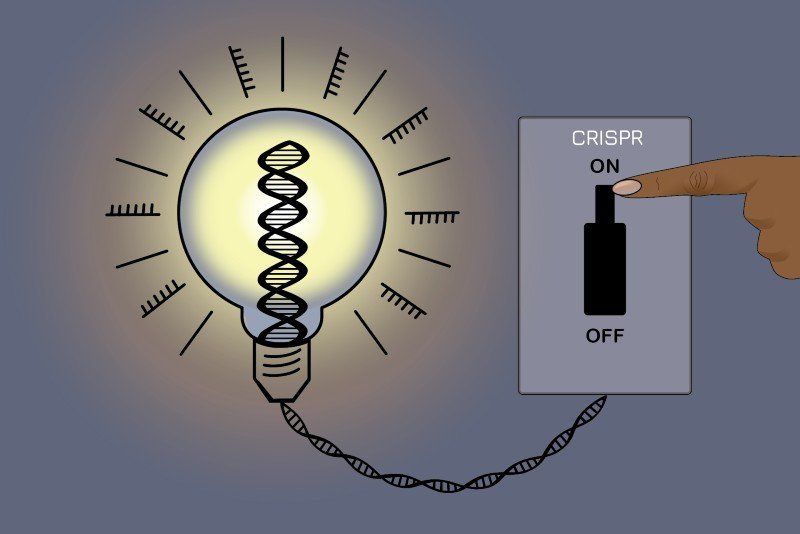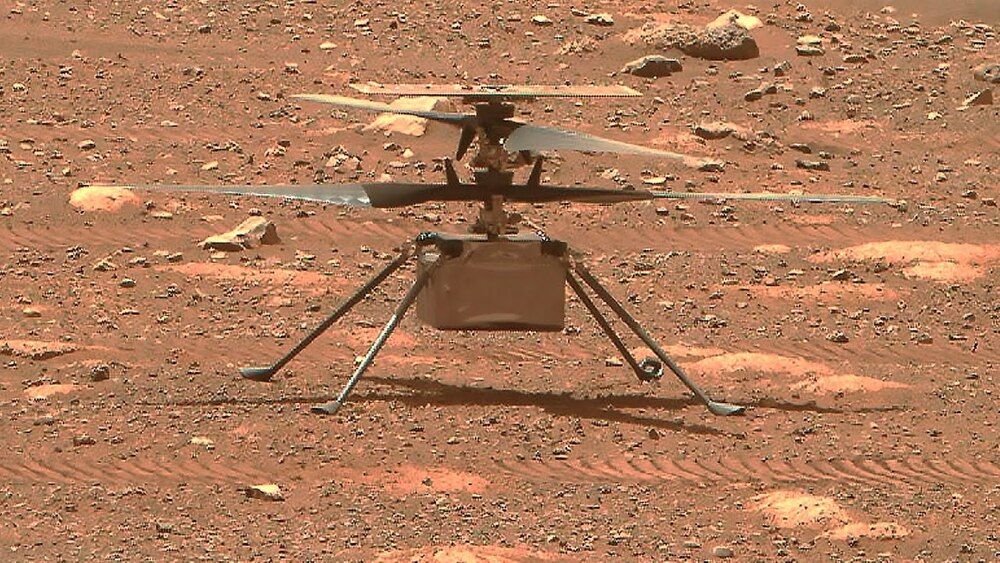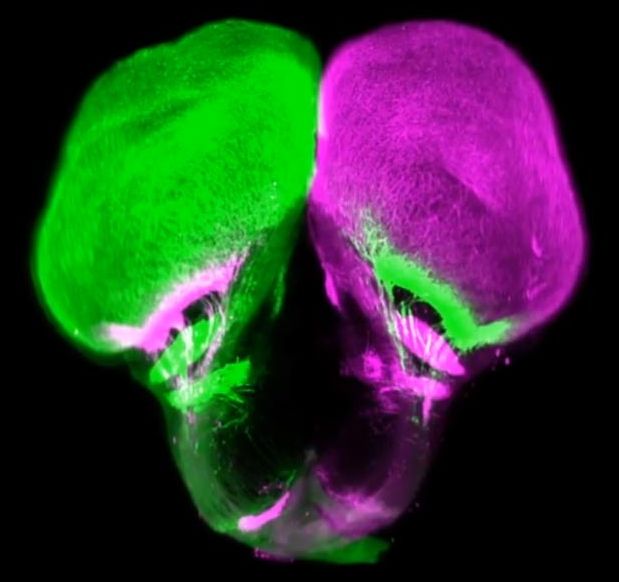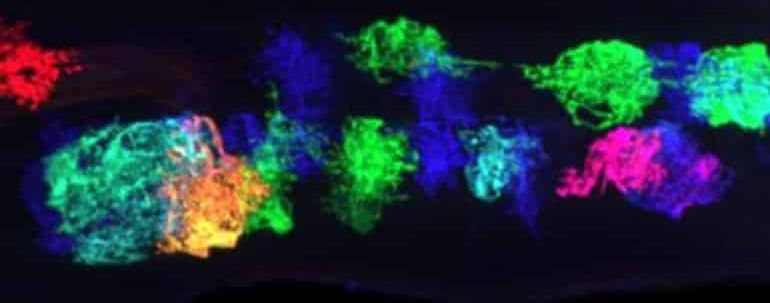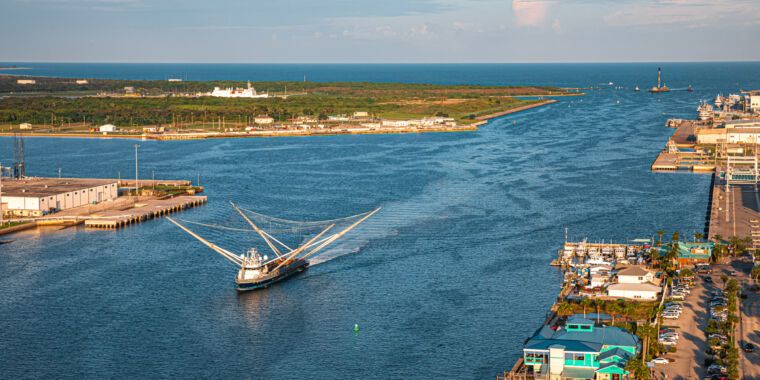The question cryogenics raises is, can we freeze and then recover consciousness itself as opposed to simply saving imprints of a person’s memories as an AI?
The gene editing system CRISPR-Cas9 makes breaks in DNA strands that are repaired by cells—a process that can be hard to control, resulting in unwanted genetic changes. Researchers at the Massachusetts Institute of Technology and the University of California, San Francisco (UCSF) designed an alternative technology that changes gene expression without damaging DNA, and they believe it could be useful for both research and drug development.
The researchers used their system, dubbed CRISPRoff and CRISPRon, to induce pluripotent stem cells to transform into neurons. They also used it to silence the gene that makes the protein Tau, which has been implicated in Alzheimer’s disease. They described their research in the journal Cell.
The MIT and UCSF researchers started by creating a machine made of a protein and small RNAs that guided it to specific spots on strands of DNA. The machine adds “methyl groups” to genes to silence their expression. The technology can also reverse the process, turning the genes back on by removing the methyl groups.
https://youtube.com/watch?v=OTx9M5L4V0Y&feature=share
On April 9, 2021 NASA demonstrated video footage on Mars Helicopter Ingenuity during rotor blades spinning test and HI-RES first image from Ingenuity. Launch day of Ingenuity Perseverance Mars Rover sent images of Ingenuity Helicopter’s rotor blades spin up within motor test. Ingenuity is going to fly on Mars on April 11–12. Rotor blades spinned up and are unlocked and helicopter is going to make high-rpm test. So next milestone is to spin up rotor blades full-speed for the first time on Mars (to the planned flight speed of ~2400 RPM) while still on the surface. Flight can’t happen too late in the Martian day either. A long flight late in the afternoon could deplete the battery without giving the Sun a chance to recharge it. You don’t want to go into that cold Martian night without a good bit of energy in the battery!
Credit: nasa.gov, NASA/JPL-Caltech, NASA/JPL-Caltech/ASU
Source for NASA’s Mars Helicopter Ingenuity page: https://mars.nasa.gov/technology/helicopter/
Source for Ingenuity fly update: https://mars.nasa.gov/technology/helicopter/status/289/when-…nuity-fly/
A team of theoretical physicists working with Microsoft today published an amazing pre-print research paper describing the universe as a self-learning system of evolutionary laws.
In other words: We live inside a computer that learns.
The big idea: Bostrom’s Simulation Argument has been a hot topic in science circles lately. We published “What if you’re living in a simulation, but there’s no computer” recently to posit a different theory, but Microsoft’s pulled a cosmic “hold my beer” with this paper.
MSU’s expertise in fish biology, genetics helping researchers rewrite evolutionary history and shape future health studies.
The network of nerves connecting our eyes to our brains is sophisticated and researchers have now shown that it evolved much earlier than previously thought, thanks to an unexpected source: the gar fish.
Michigan State University’s Ingo Braasch has helped an international research team show that this connection scheme was already present in ancient fish at least 450 million years ago. That makes it about 100 million years older than previously believed.
Summary: Astrocytes help transition the brain from a highly plastic state to one that is more stable.
Source: University of Oregon.
Researchers exploring the developing central nervous system of fruit flies have identified nonelectrical cells that transition the brain from highly plastic into a less moldable, mature state.
Writer-director Neil Burger is well known for his provocative cinematic projects, most notably 2006’s period-set magician movie “The Illusionist,” 2011’s psychological thriller “Limitless,” and a trio of “Divergent” films adapted from author Veronica Roth’s young adult sci-fi novels.
Now Burger has his eyes fixed on the stars with his new science fiction adventure flick, “Voyagers,” which revolves around the perils inside a generation spaceship carrying 30 home-grown candidates on a one-way mission to settle an exoplanet 86 years from Earth.
Push that envelope, Molly Cobb.
NASA’s chief astronaut Molly Cobb pushes the envelope on their jet aircraft in the new episode of “For All Mankind,” airing Friday (April 9).
HIV Vaccine
Posted in biotech/medical
Click on photo to start video.
New HIV vaccine approach shows great promise in first-in-human clinical trial.
I found your rocket … Kyle Foreman, a spokesman for the sheriff’s office, told GeekWire that the property owner left a message reporting the debris. “The sheriff’s office checked it out on Monday, and SpaceX staff came over on Tuesday and retrieved it,” Foreman said. SpaceX has yet to detail precisely what went wrong with the Falcon 9 rocket’s second stage, such that it failed to de-orbit in a controlled manner over the ocean. Fortunately, no one on the ground was injured. (submitted by Ken the Bin)
Brazilian launch site stirs controversy. The Brazilian government is committed to further developing the Alc ntara Launch Center on the country’s north Atlantic coast, near the equator. However, the region is also home to Afro-Brazilian residents of settlements first established by escaped slaves. These settlements are known as Quilombola communities. The Washington Post recently did a deep dive into the controversy, examining how eviction of these communities would affect local residents. The newspaper found that the spaceport expansion could displace nearly 2100 people from Quilombola communities.
Brazil’s polarizing dilemma … Marcos Pontes, head of the Brazilian Ministry of Science, Technology and Innovation, said there are no plans to relocate families “right now.” And if the time comes to remove people, he predicted, they will go willingly. “They are going to see development coming in, real development,” he said. “All of the resistance, that is going to be gradually disappearing.” This seems unlikely. The clash is the distillation of one of Brazil’s most urgent and polarizing dramas, the publication says. What is more important: developing a vast country with unrealized potential and a lagging economy? Or protecting some of its most vulnerable communities?
